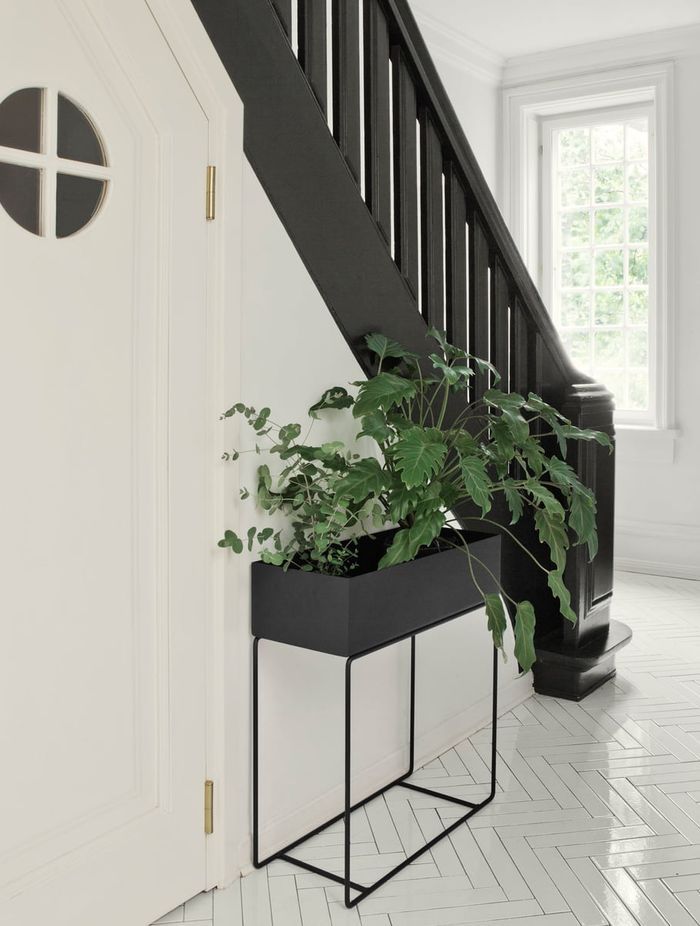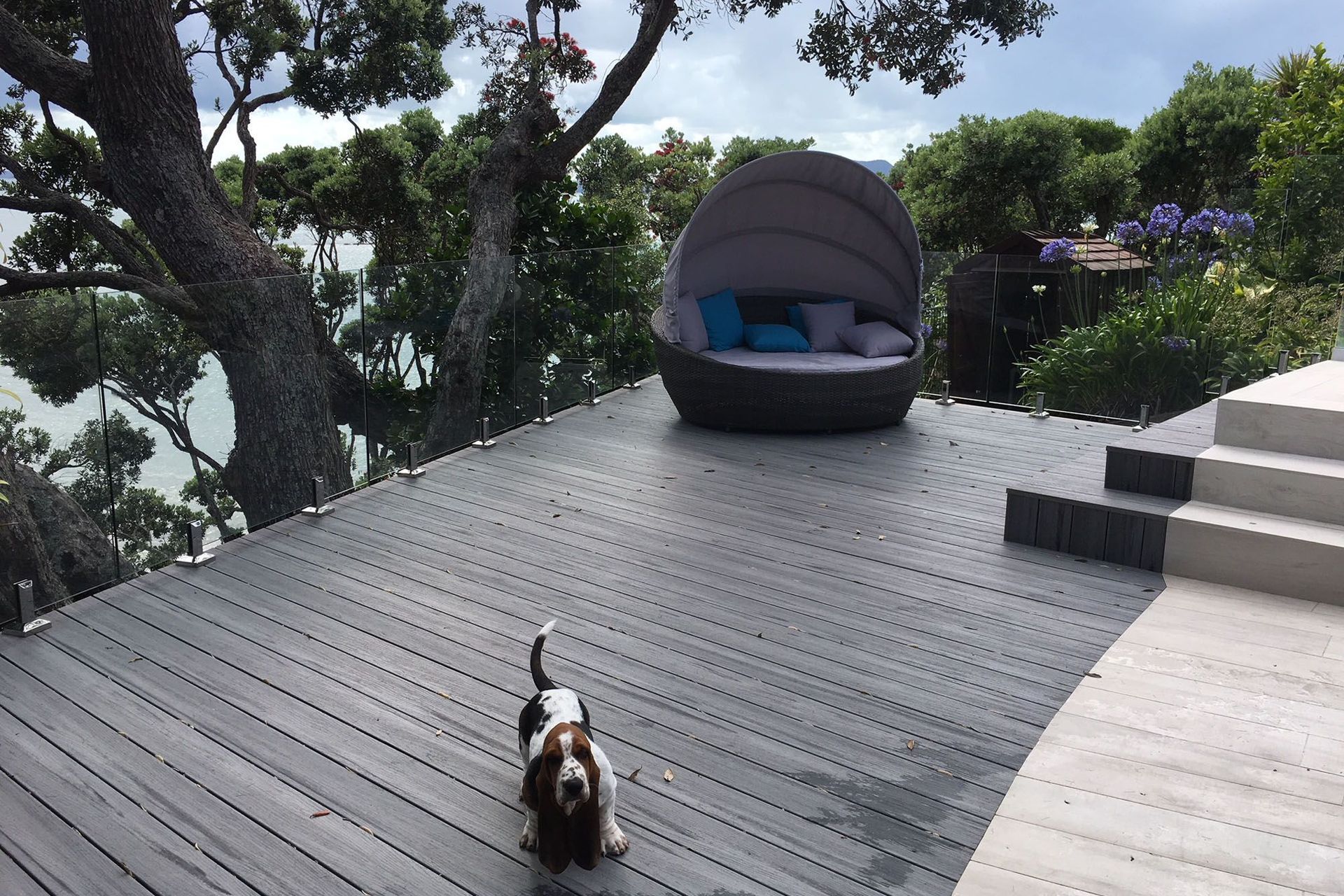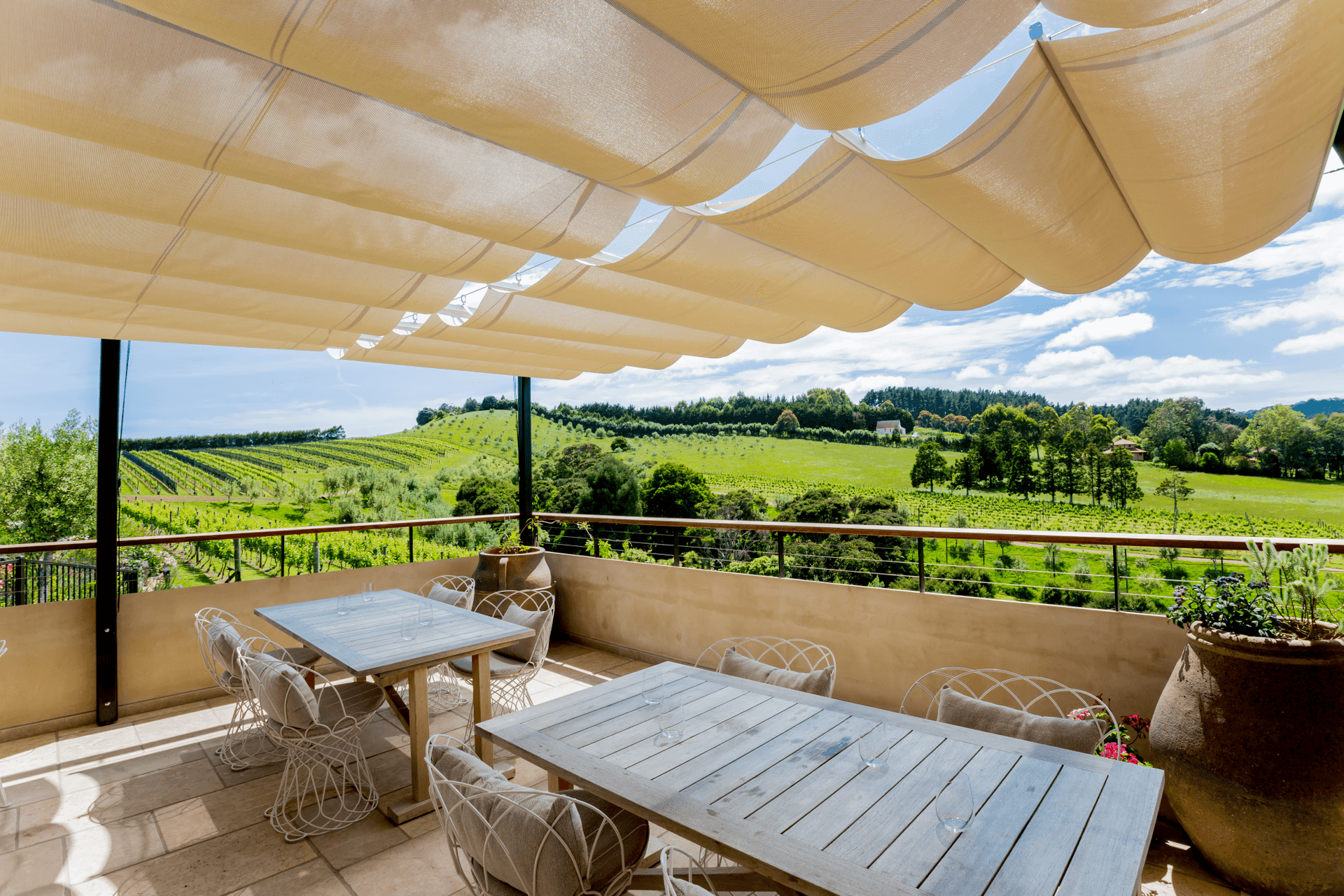The case for nature: using the principles of biophilic design
Written by
08 June 2020
•
6 min read

The natural world is a place of wonder. For many of us, a tramp through our country's native bush is one of the most peaceful activities imaginable. For that matter, even sitting outside under the shade of a tree can evoke feelings of wellbeing and peace yet much of our time is spent in buildings that are often designed in stark contrast to the tranquility of the great outdoors.
That's where biophilic design comes in; its goal is to bring the natural world front and centre into the built environment.
What is biophilic design?
Biophilia is the idea that humans have a built-in need to connect with nature and other forms of life. It posits we have an attraction to the natural world, and when this desire goes unfed our mental and physical wellbeing suffers.
Biophilic design, therefore, aims to satisfy at least some of these desires for a relationship with nature by bringing those traditionally outdoor elements inside and making the built environment we live in more closely resemble the natural world.
This orientation towards nature doesn't mean every material has to be natural, or that hallmarks of modern architecture like angular lines have to be thrown out. After all, what makes many designs or works of art visually appealing is their decidedly unnatural appearance. But the point of biophilic design is to try to emanate the feelings that being in an organic and natural environment evoke.
While biophilic design can loosely be attributed to the wider notion of ‘green building’, it is more far reaching than those markers that generally define sustainable building such as energy efficiency or a predetermined set of standards that a building must meet to be deemed green. Biophilic design goes one step further to focus on the health and wellbeing of humans in the built environment as well as the health and wellbeing of nature as part of our cities.
Fundamentally, biophilic design is about being at one with nature, not above it. An extension of the concept of biophilia, biophilic design is based on the knowledge that humans have evolved in response to the natural world and not in response to the artificial environments we've lived in for only a short period of human existence; a time in which our impact on the environment has led to a climate crisis, and the health and wellbeing of humans is arguably at a low.
To combat this situation, the 14 patterns of biophilic design each address a complex set of principles that together define the overarching concept of biophilic design. The 14 patterns can be separated into three main themes - nature in the space, natural analogues and the nature of the space.
While biophilic design remains an emerging architectural concept, it is arguably one of the most important concepts to consider as a nation: how can we combine our built environment with nature in a mutually beneficial way?
Globally, biophilic design is taking hold with numerous universities now incorporating the teaching of biophilic design, while The Biophilic Cities Project is gaining traction in its work to advance biophilic design with 16 cities currently taking part, including Wellington.
Despite the complexity of biophilic design, there are some simple ways to incorporate the patterns of nature into the home or commercial setting. And while they may not go all the way to creating a space that could be classified as heralding the concepts of biophilic design, they can immensely improve the connections with nature and the natural feelings of wellbeing that accompany these.
Incorporate pattern, texture and greenery
Perhaps the most obvious way to bring life and nature into the home is by adding indoor plants.
Whether it's in hanging baskets, a selection of small pots, or a large planter box, house plants are a relatively quick and easy way to add life to your home. They filter carbon dioxide from the air and release oxygen, improving the air quality, and have been shown in studies to reduce stress levels.
However, plants are not the only way to introduce the feelings of wellbeing evident when in the great outdoors. Consider our older homes and buildings. Many of these incorporate intricate patterns and detailing, often inspired by nature. Perhaps its the intricately carved architrave, the delicate curvature and patterns of the wrought iron gate or a custom balustrade; these types of details are akin to those found in nature and are a great way to create a feeling of harmony between built environment and the natural world.
Pattern and detail inspired by nature is another easy way to introduce elements of the natural world into the home, and it can be as simple as a single piece. Take for example the Paladin cast iron radiator, which features floral design elements that can enhance the biophilic appeal of any space it inhabits.
Letting the light in
A home or building that's influenced by biophilic design principles will make use of natural light as much as possible.
Compared with artificial light, natural light provides many health benefits: it can help your sleep by aligning your body clock with the time of day; it can help you to focus and be active; and it provides the body with a source of vitamin D.
Skylights, large windows, and orienting your building to face north can all improve the amount of natural light that enters the home.
Natural materials, colours and forms
While biophilic design doesn't demand absolutely everything be natural, it does suggest adding more of those kinds of materials than you otherwise might to complement and contrast the more artificial elements of the design. Where natural products can be used, the connection and sense of harmony between building and nature is likely to be greater.
Things like natural-finish timber floors, earthy paint colours, or organic room shapes and layouts, can all bring some of the look and feel of the natural world into your home. Consider the intricacies of a tree canopy or a 100-year-old tree trunk; the geometric rhythm and irregular patterns are intricate and complex. Biophilic design incorporates the intricacies of nature and embraces it in the built environment.
Blur the line between inside and out
Blurring the line between what is 'inside' and what is 'outside' can help to bring more of the outside world in. Whether it's with views of a wondrous natural landscape or just your backyard lawn and garden, spaces that transition seamlessly between interior and exterior can work wonders for removing the visual and physical barriers between indoors and out.
Similarly, an outdoor area covered with organic forms that interact with the natural world, such as a Wave Shade gently sailing in the breeze, can feel much more connected to nature than one with a rigid, perfect covering.
Find out more about biophilic design by talking to an architect or architectural designer.






